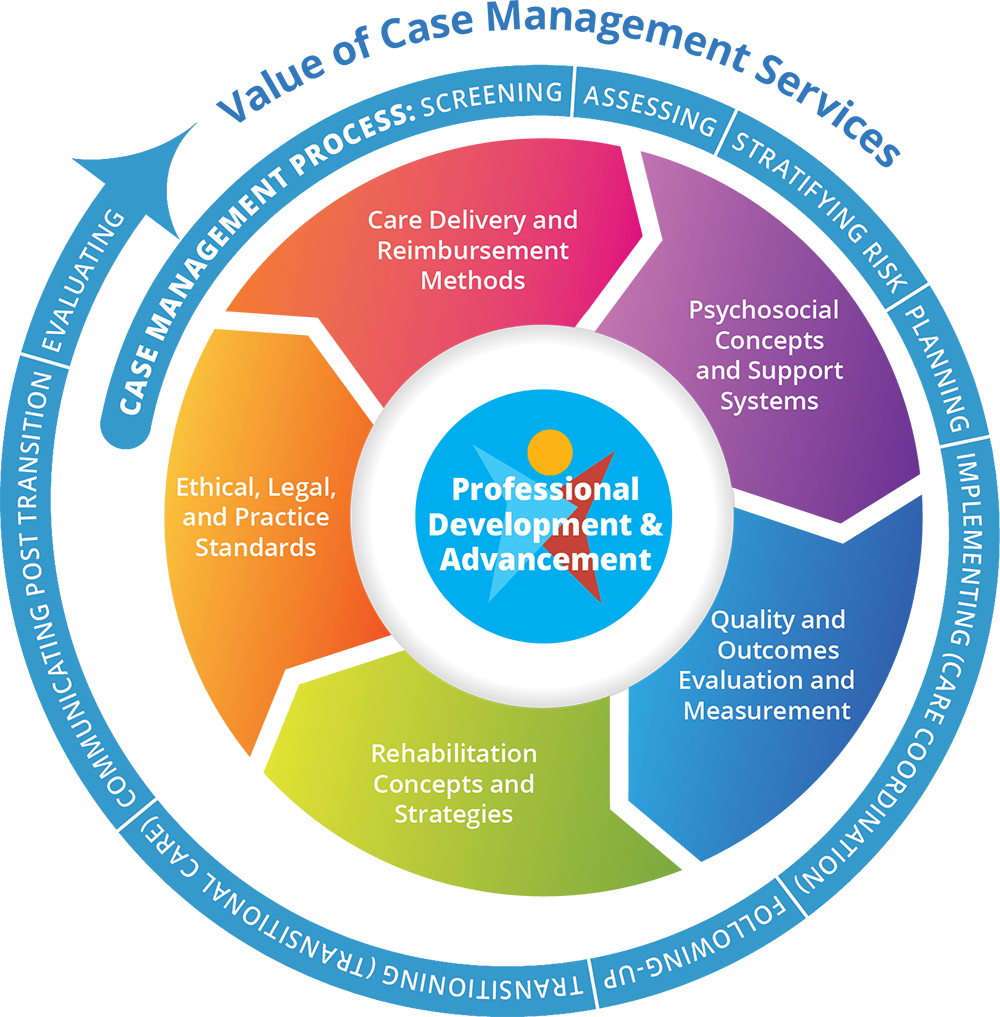For Patients
The 6 Most Common Cancers
These 6 types of cancer are the most common:
Breast cancer
Breast cancer often starts in the areas of the breast that make and carry milk. Invasive breast cancers spread to other areas. These things may increase the risk of breast cancer:
- Family history or having certain genes
- Benign breast disease
- Too much estrogen
- Alcohol and obesity
Lung cancer
The different kinds of lung cancer are named for the size and look of the cells. A cough that doesn’t go away or trouble breathing may be symptoms. Smoking cigarettes or breathing in smoke are the main risk factors. Others include HIV, a family history of lung cancer, radiation, or asbestos.
Prostate cancer
The prostate is a gland just below the bladder in men. It surrounds the tube that carries urine. Early on, prostate cancer does not show symptoms. Later signs are urinating often, burning, or blood in the urine. Back or hip pain, fast heartbeat, weakness, or dizziness may also be signs. Prostate cancer is common in black men and tends to happen after age 65.
Colorectal cancer
Colorectal cancer starts as a growth called a polyp on the inside of the colon or rectum. Symptoms include blood in the stool or changes in bowel habits. Other signs may be frequent gas, pain, or bloating; weight loss for no reason; fatigue; and vomiting. Risk factors include family history, ulcerative colitis, and Crohn’s disease.
Bladder cancer
The most common type of bladder cancer happens in the cells inside the bladder. These cells stretch out when the bladder is full. Symptoms include blood in the urine and painful urination. Smoking, certain chemicals, and chronic bladder infections are risk factors.
Melanoma
Melanoma is a kind of skin cancer. It affects the cells that give the skin its color. Two other skin cancers start in basal cells or squamous cells, but these usually don’t spread. Melanoma can move into other areas of the body. If you spend lots of time in the sun or at a tanning salon, you are at greater risk. Having moles or fair white skin could also add to your risk.

